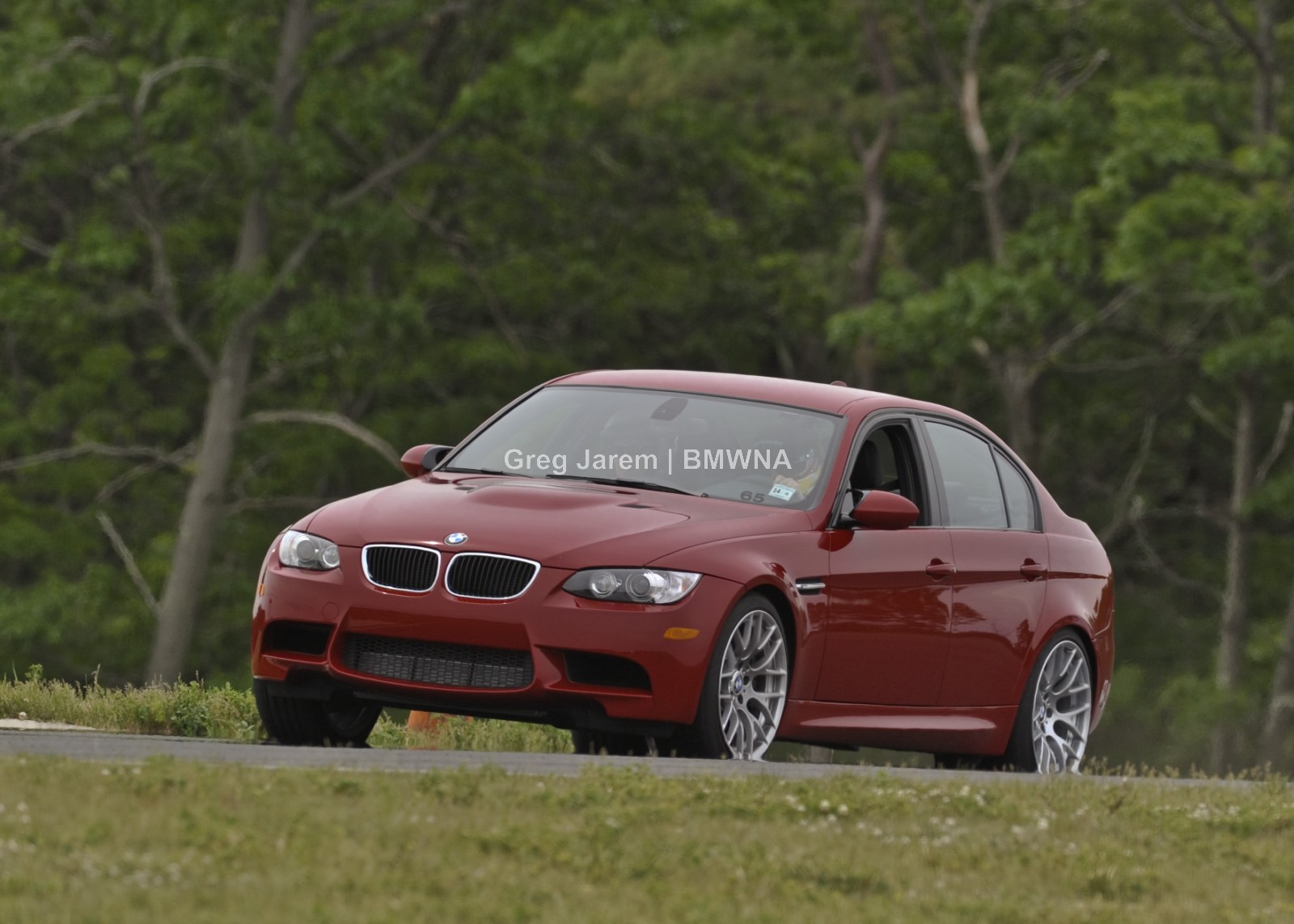BMW M is honing the BMW M3 profile with a new, optional Competition Package. Lowered by about ten millimetres and fitted with 9 x 19“ alloy front wheels and 10 x 19“ Y spoke rear wheels the new vehicles present not only a leaner look, but chassis electronics modified specifically for even greater optimisation of dynamic response in both longitudinal and transverse directions. For a balanced whole, the EDC, including a specially developed sports mode, is tweaked precisely to these chassis modifications by both the grid controller and the DSC.
How this works exactly is revealed to us by Philipp Wänninger, responsible at BMW M for chassis tests at the axles, steering, suspension, and damping systems and a crucial contributor to the tuning of the new Competition Package for the BMW M3. We asked how the electronic damper control EDC works and why the BMW M3 with Competition Package is even faster.
MPW: Mr. Wänninger, what is meant by EDC?
Wänninger: EDC stands for Electronic Damping Control. EDC offers the customer the choice between a number of different damping maps. Even in the BMW M3 E30 it was possible to choose between Comfort, Normal and Sport by means of a switch. In the current BMW M3 the principle was taken a step further: here the damping is not fixed at a set level in Comfort and Normal mode but is regulated to achieve an optimum level depending on the actual driving situation.
MPW: How does this regulation work?
Wänninger: The current driving situation is determined by means of numerous sensors. Three acceleration sensors measure the movement of the vehicle along the road. If a steering movement is made, there is an immediate impact on damping – and the same applies to acceleration and braking, too.
MPW: How is the damping influenced?
Wänninger: It is mainly the rebound which is adjusted by controlling the damper piston valve.
MPW: How is the EDC in the Competition Package different from that in the serial production vehicle?
Wänninger: In the BMW M3 Competition Package damping in the Sport mode is now regulated too – in the serial production model it is based on a fixed level.
MPW: How is this done? Is the BMW M3 faster due to the Competition Package?
Wänninger: Yes, the car is measurably faster. In addition to the special EDC set-up, this is also due to the increased width of the rims included in the Competition Package, which permit a larger a larger contact area of the tyres in conjunction with optimum, constant pressure distribution. The lowered suspension at the front and rear axle not only provides visual benefits, it also drops the centre of gravity. The enhanced driving dynamics also meant that ABS and DSC had to be readjusted, too.
MPW: When should which mode be used?
Wänninger: If I were simply going from A to B, I personally would select the Comfort mode. If I were taking a run on the Nürburgring Nordschleife, which requires a lot of spring travel, I would select the Normal setting. If I were driving on an even track such as Hockenheimring or the Nürburgring Grand Prix circuit, the Sport mode would be my first choice. In any case the BMW M3 is a lot of fun – and it is now even faster with the Competition Package.
MPW: Thank you very much for the interview!
[Source M-Power ]



![BMW_Day1-174 [1600x1200] BMW_Day1-174 [1600x1200]](https://cdn.bmwblog.com/wp-content/uploads/BMW_Day1-174-1600x1200-655x435.jpg)
![BMW_Day1-83 [1600x1200] BMW_Day1-83 [1600x1200]](https://cdn.bmwblog.com/wp-content/uploads/BMW_Day1-83-1600x1200-655x467.jpg)
![BMW_Day1-70 [1600x1200] BMW_Day1-70 [1600x1200]](https://cdn.bmwblog.com/wp-content/uploads/BMW_Day1-70-1600x1200-655x459.jpg)


































































